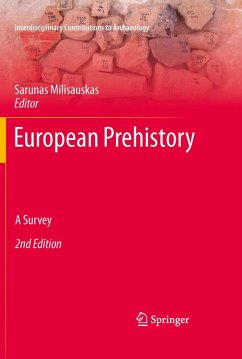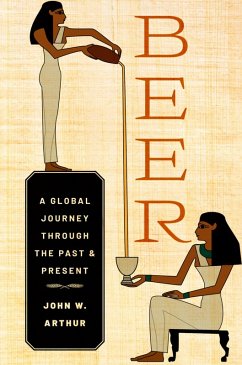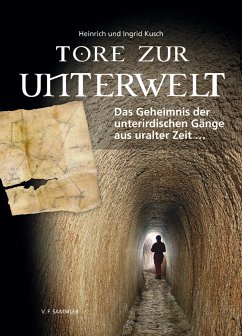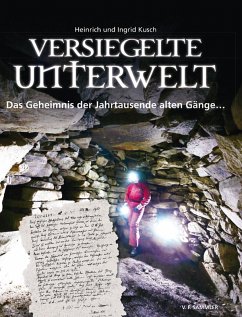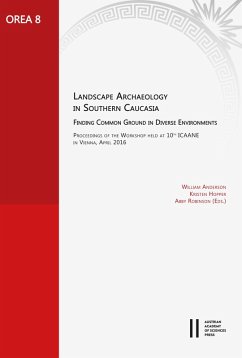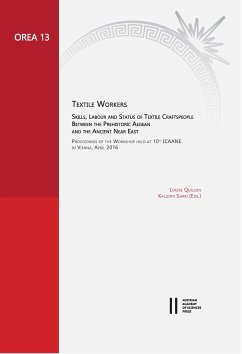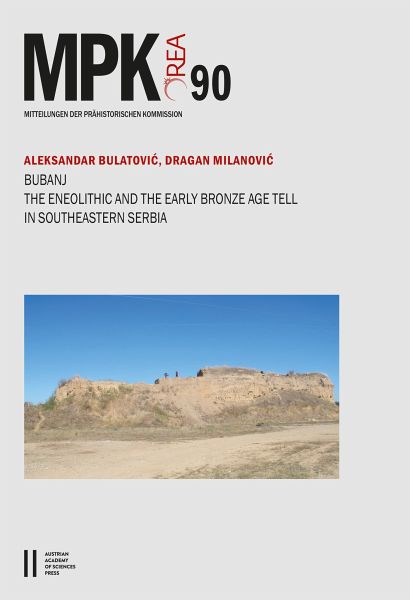
Bubanj (eBook, PDF)
The Eneolithic and the Early Bronze Age Tell in Southeastern Serbia. With contributions by Jelena Bulatovic, Dragana Filipovic, Aleksandar Kapuran, Josip saric, Marc Vander Linden and Selena Vitezovic
Versandkostenfrei!
Sofort per Download lieferbar
Statt: 159,00 €**
127,20 €
inkl. MwSt. und vom Verlag festgesetzt.
**Preis der gedruckten Ausgabe (Broschiertes Buch)
Alle Infos zum eBook verschenken

PAYBACK Punkte
0 °P sammeln!
Seit den ersten Ausgrabungen in den 1930er und 1950er Jahren gilt die Tell-Siedlung Bubanj bei NiS (Serbien) als wichtige Fundstelle für die Urgeschichte des Balkans. Die vorliegende Publikation stellt die Ergebnisse der jüngsten Ausgrabungen (2008-2014) auf dem östlichen Plateau vor und präsentiert wichtige Daten zum Leben der prähistorischen Gemeinschaften auf dem Zentralbalkan und in der Region Morava während des Eneolithikums und der Bronzezeit. Die bekannte 'Bubanj-Hum Gruppe' wird in einen breiten kulturellen Horizont gestellt und aus verschiedenen Blickwinkeln beleuchtet. Interdis...
Seit den ersten Ausgrabungen in den 1930er und 1950er Jahren gilt die Tell-Siedlung Bubanj bei NiS (Serbien) als wichtige Fundstelle für die Urgeschichte des Balkans. Die vorliegende Publikation stellt die Ergebnisse der jüngsten Ausgrabungen (2008-2014) auf dem östlichen Plateau vor und präsentiert wichtige Daten zum Leben der prähistorischen Gemeinschaften auf dem Zentralbalkan und in der Region Morava während des Eneolithikums und der Bronzezeit. Die bekannte 'Bubanj-Hum Gruppe' wird in einen breiten kulturellen Horizont gestellt und aus verschiedenen Blickwinkeln beleuchtet. Interdisziplinäre Analysen ergänzen das Bild des Alltagslebens in der Region zwischen der Mitte des 5. und Anfang des 2. Jahrtausends v. Chr.
Dieser Download kann aus rechtlichen Gründen nur mit Rechnungsadresse in A, B, BG, CY, CZ, D, DK, EW, E, FIN, F, GR, HR, H, IRL, I, LT, L, LR, M, NL, PL, P, R, S, SLO, SK ausgeliefert werden.




